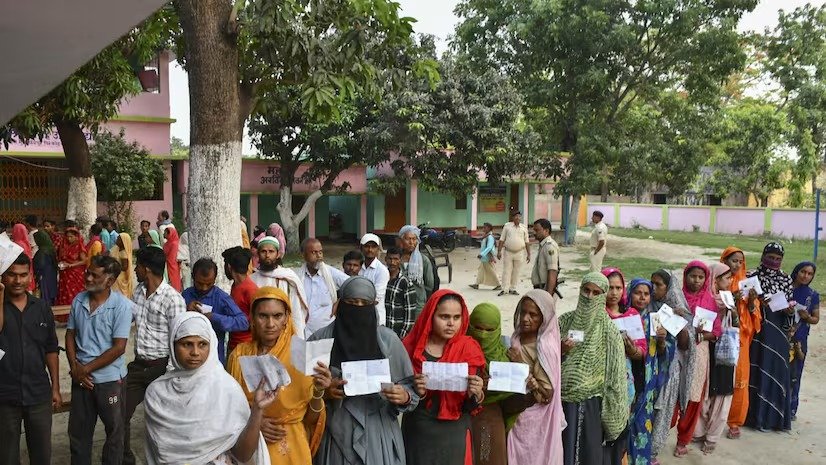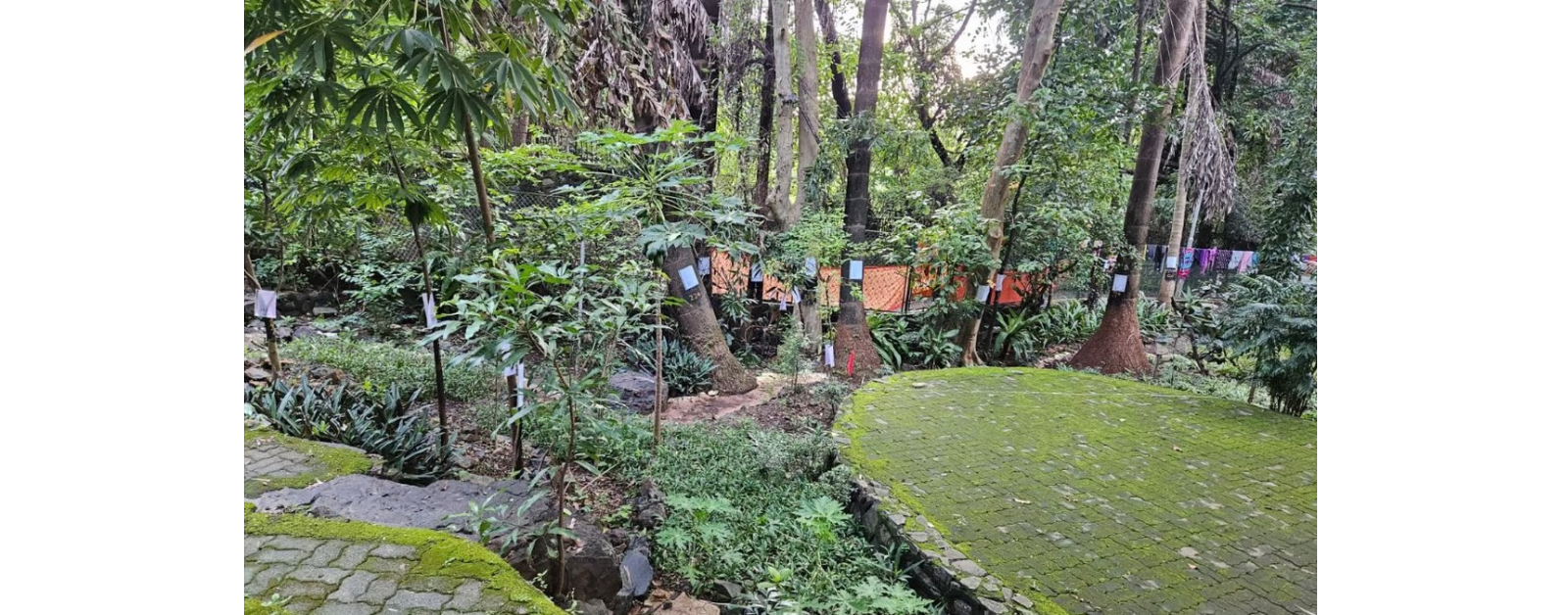Summary
India is in the midst of the fifth phase of its Lok Sabha elections, with voter turnout currently at 10%, significantly lower than in previous phases. Several factors may contribute to this low turnout, including voter fatigue from the prolonged election process, disenchantment with political options, and logistical challenges such as distance to polling stations and adverse weather conditions.
Low voter turnout can have substantial political implications, potentially favoring candidates with a dedicated voter base. To address this issue and enhance democratic participation, it is crucial to intensify voter awareness campaigns, improve access to polling stations, and engage young voters through targeted outreach. The current phase’s turnout is closely watched for its potential impact on the overall election results, highlighting the need for measures to boost voter engagement and ensure a healthy democratic process.
India’s Lok Sabha Elections: Low Turnout Marks the Fifth Phase of Voting
India is currently navigating through the fifth phase of its protracted Lok Sabha elections, a pivotal event in the world’s largest democracy. As the nation continues to vote in staggered phases, voter turnout remains a crucial metric of democratic engagement. However, the current phase is witnessing a turnout of just 10%, raising questions and concerns about voter participation.
Understanding the Fifth Phase
The fifth phase of the Lok Sabha elections covers a significant number of constituencies across various states. These elections are critical as they determine the composition of the lower house of Parliament, which in turn influences the formation of the government. With several key areas and high-profile candidates in the fray, this phase holds substantial importance for both political parties and voters alike.
Voter Turnout: A Cause for Concern?
The reported 10% voter turnout is strikingly low compared to previous phases. This figure is particularly alarming considering the usual enthusiasm Indian voters exhibit. Several factors might contribute to this phenomenon, ranging from voter fatigue to potential disenchantment with the political process. The reasons behind the low turnout require comprehensive analysis to understand and address the underlying issues.
Factors Influencing Voter Turnout
- Voter Fatigue: The prolonged nature of the election process, which spans over weeks, could be leading to voter fatigue. Continuous phases might dampen the enthusiasm of voters who have already participated in earlier rounds.
- Disenchantment with Politics: A segment of the electorate might feel disillusioned with the political options available. Discontent with current political leaders or dissatisfaction with the election promises could lead to a lower inclination to vote.
- Logistical Challenges: Voters in certain regions might face logistical challenges, such as long distances to polling stations, which could deter participation. Additionally, extreme weather conditions in some parts of the country could impact voter turnout.
Political Implications
Low voter turnout can have significant political implications. It may skew the results in favor of candidates who have a dedicated voter base, as their supporters are more likely to vote regardless of broader turnout trends. This phase’s turnout is being closely monitored by political analysts to predict its potential impact on the overall election results.
Also read: Corporate Governance Under Scrutiny: DHFL Scandal Prompts Calls for Reform
Encouraging Higher Participation
Addressing low voter turnout is essential for maintaining the health of India’s democracy. Initiatives to boost voter engagement include:
- Awareness Campaigns: Intensifying voter awareness campaigns to highlight the importance of each vote.
- Facilitating Access: Improving access to polling stations and ensuring they are equipped to handle voter turnout efficiently.
- Engaging Youth: Targeting young voters through social media and other platforms to emphasize their role in shaping the future.
As India progresses through the fifth phase of the Lok Sabha elections, the 10% voter turnout serves as a critical reminder of the challenges facing democratic participation. Understanding and addressing the causes behind low voter engagement is vital to ensure a robust and representative electoral process. As the nation awaits the results, the focus remains on fostering a more inclusive and participatory democratic environment.
Last Updated on Monday, May 20, 2024 8:32 am by Admin



